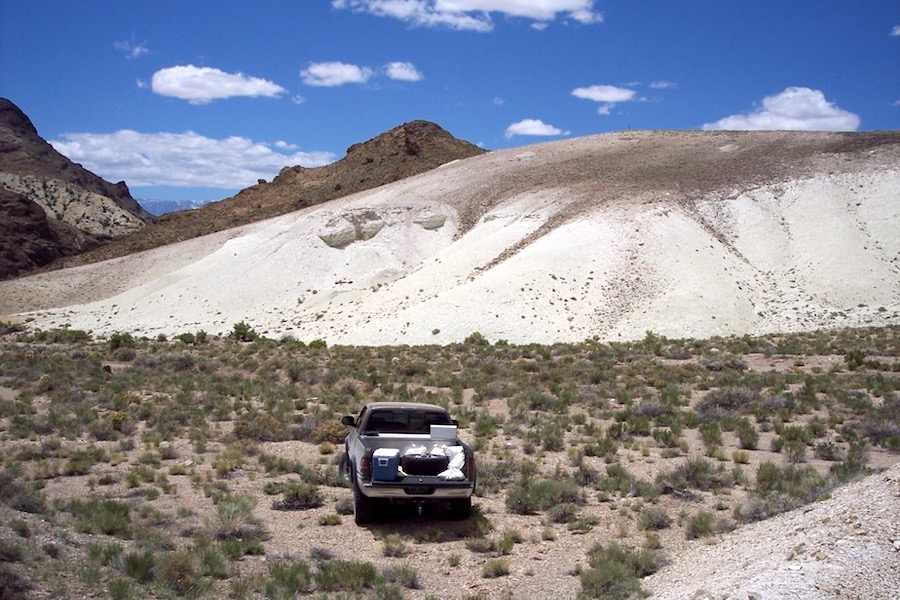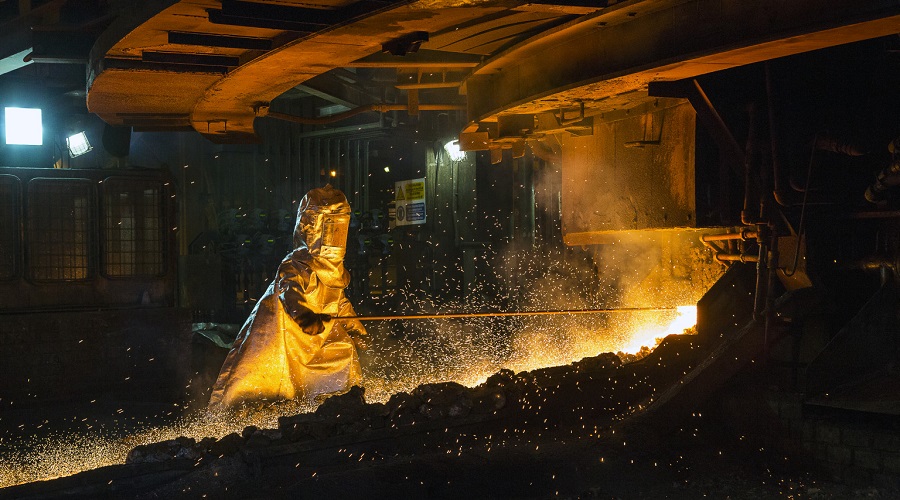Biden backs Nevada lithium mine with $700 million loan offer

A Nevada lithium mine that would be only the second in the US is getting backing from the Biden administration as it seeks to boost the domestic supply of the critical mineral needed to make electric vehicle batteries.
The Energy Department issued a conditional commitment for up to $700 million for Ioneer Ltd.’s Rhyolite Ridge Lithium-Boron Project, a prospective supplier to Ford Motor Co. and Toyota Motor Corp. that could produce enough lithium for 370,000 electric vehicles a year. Project partners include mining and metals processing group Sibanye Stillwater Ltd.
The funding, being made through the department’s Advanced Technology Vehicles Manufacturing Loan Program, comes as the Biden administration seeks to create a domestic battery supply chain amid a broader goal of half of vehicles sold in the US by the end of the decade be emissions-free.
Demand for lithium, which also is used for grid storage and weapons, is projected to exceed current production by 2030. The US relies on international markets for the processing of most raw materials, according to the department.
“Developing a US supply chain for these materials is a national priority as the country works toward energy independence,” the department said in a statement. “A core focus within the strategy is increasing the availability of the critical materials that are essential components of the clean energy technologies necessary for reaching national climate and economic goals.”
While Asia currently dominates the lithium carbonate refining process, the Rhyolite Ridge deposit is one of two known sizeable lithium-boron deposits in the world, the Energy Department said.
Ioneer expects to get US approvals that will allow the company to start building the project next year with the aim to start producing lithium in 2026, according to the company. It still needs to get final approval from the US Interior Department because public lands near the site are home to the endangered wildflower Tiehm’s buckwheat.
The Energy Department said the company has invested $1.2 million on research to preserve the plant and has revised its mining plan to avoid direct impacts on the plant.
(By Ari Natter)
{{ commodity.name }}
{{ post.title }}
{{ post.date }}

Comments